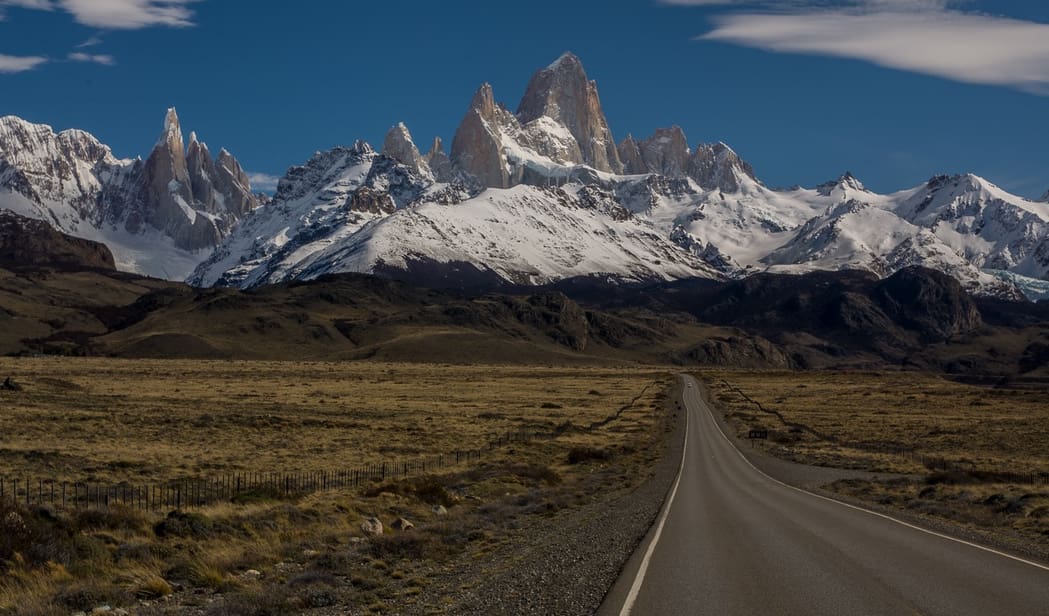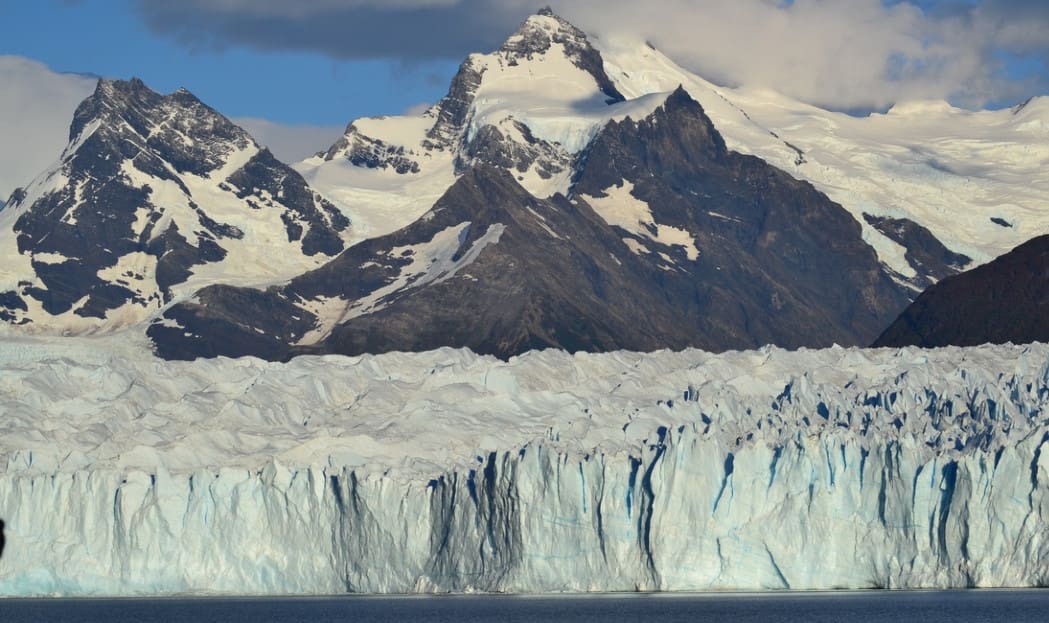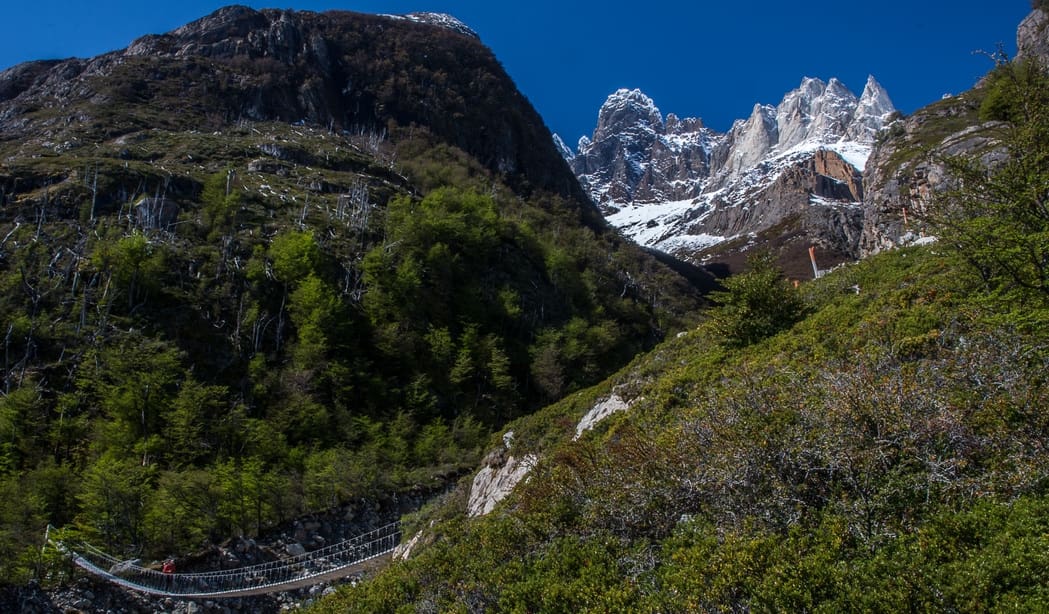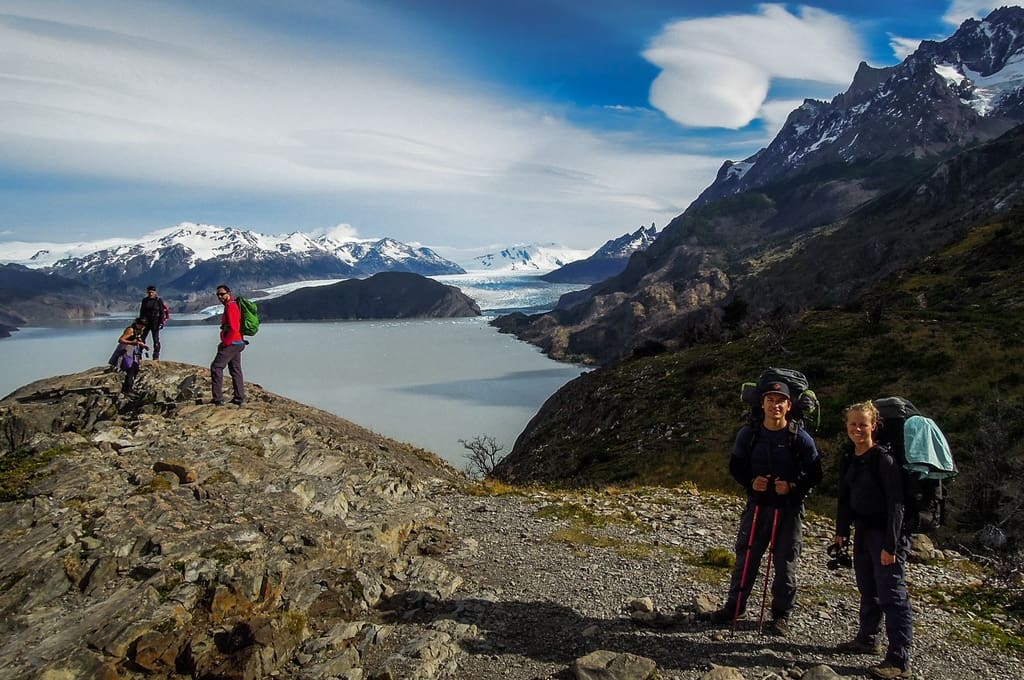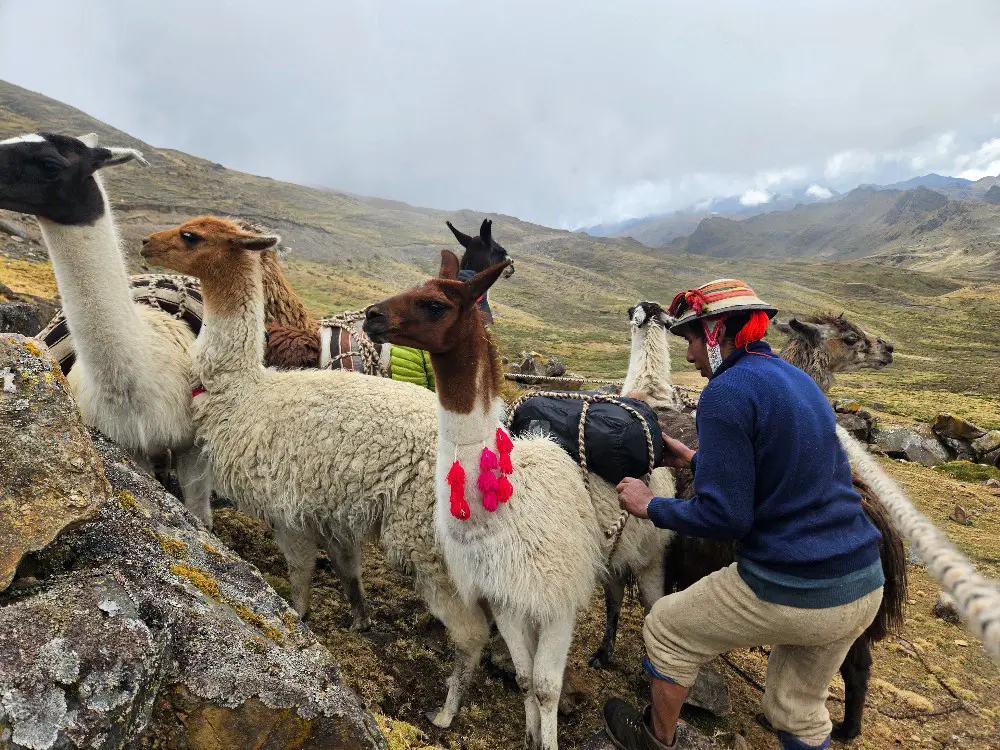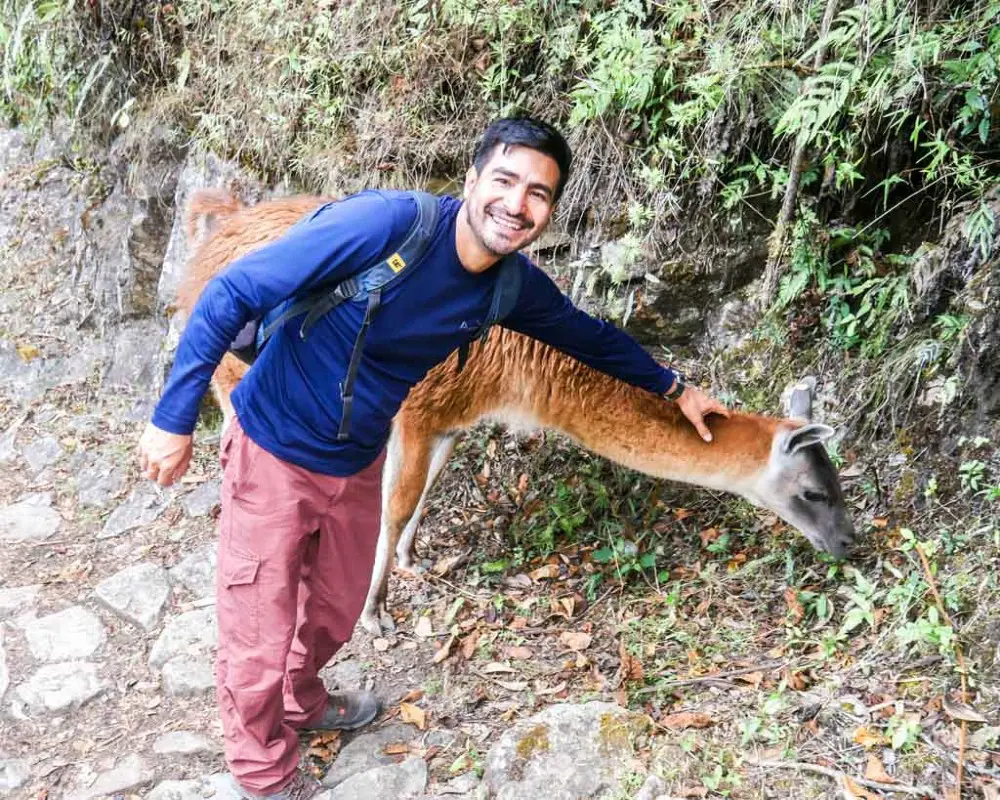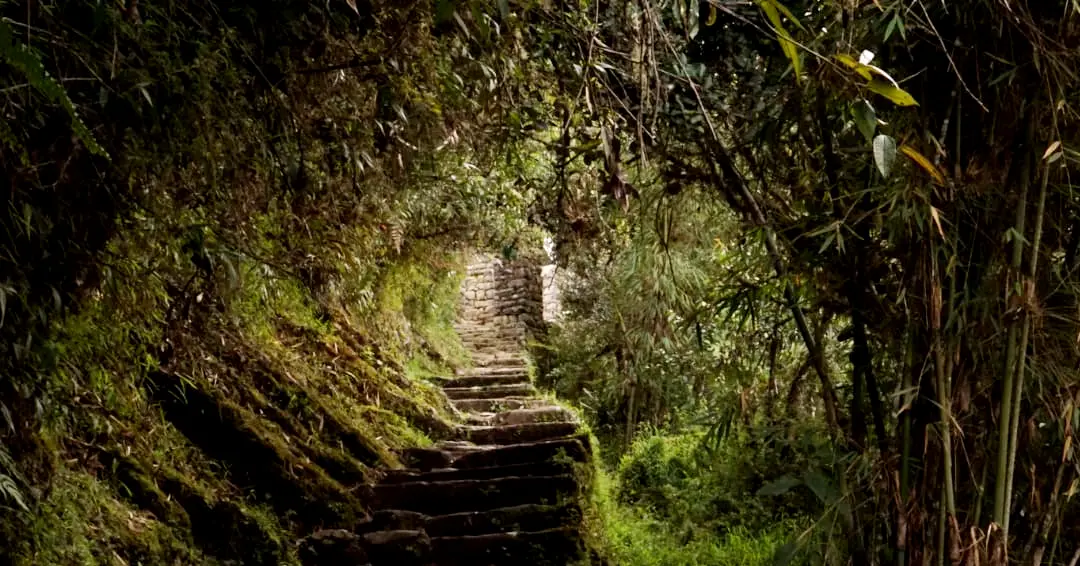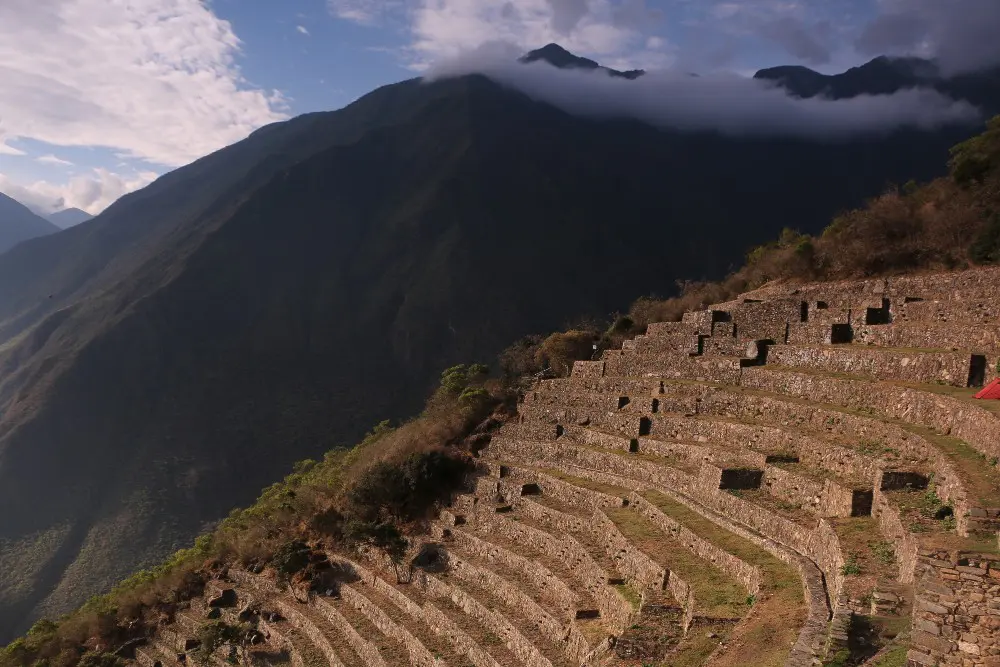There is no doubt that South America is such an interesting continent due to the variety of landscapes and ecosystems that it embedded: from the driest desert on earth such as the Atacama which stretches from northern Chile to southeastern Perú, to the largest tropical rainforest represented by the Amazon which extends through 8 countries of the continent; Ecuador is home to one of the most amazing and unique natural ecosystem of the planet such as the Galapagos archipelago, whereas Perú preserves incredible archaeological sites hidden in the Andes like Machu Picchu or the city-fortress of the Chachapoyas, Kuelap.
Among all these natural and cultural marvels the continent has to offer, certainly one destination is on every traveller’s bucket list: Patagonia.
